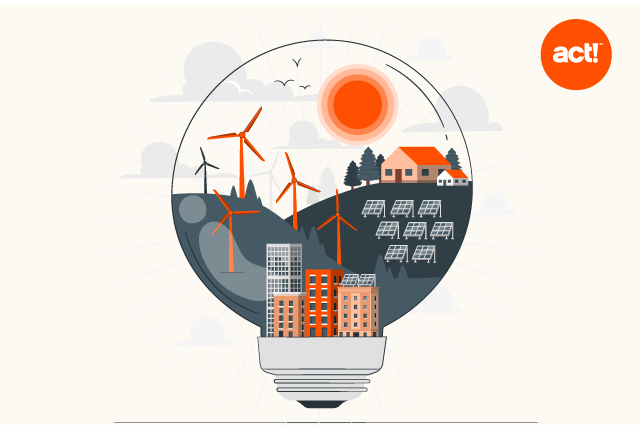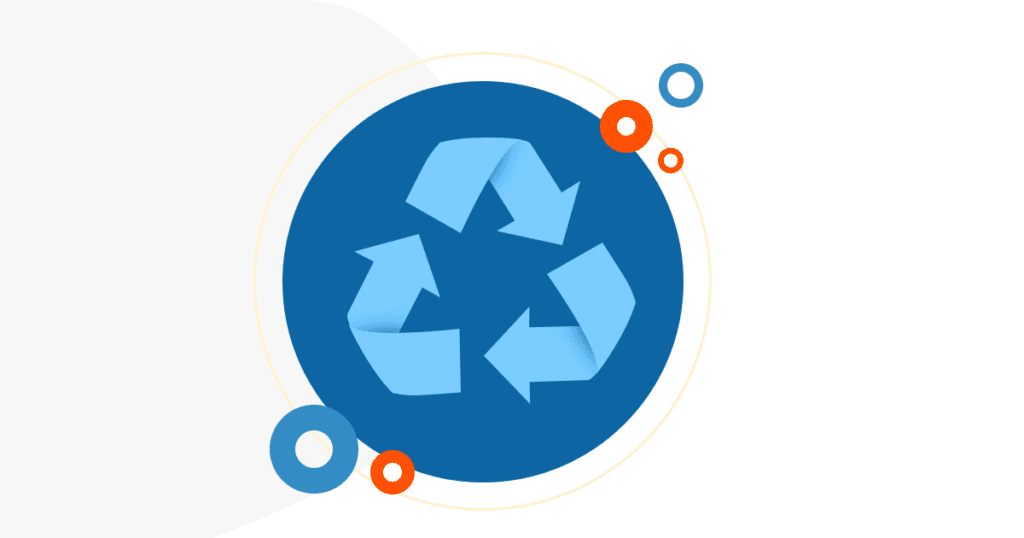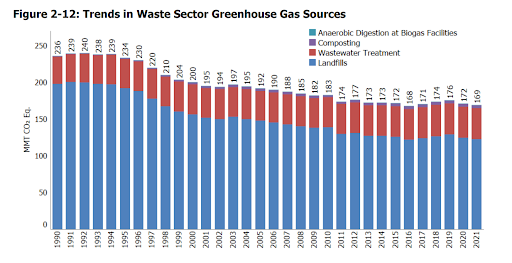
Over a decade ago, climate change was not a mainstream concern for businesses worldwide, but fast forward to today, and we see a starkly different picture.
With consumers becoming more mindful of how their choices impact the planet, business owners are making significant strides in embracing social responsibility and sustainability.
But what does this mean for your company? How can your business be more sustainable?
In this blog, we explore the best sustainable business practices and examples that can help your small business reduce its carbon footprint and contribute to saving the planet for future generations.
7 sustainable business practices to implement for your SMB

You can apply various techniques to go green, from using the reduce, reuse, and recycle (3R) principle to changing business policies. Here are the seven best ways to practice small business sustainability.
1. Create a sustainability plan
Whether you are an established business or just starting from scratch, it pays to integrate sustainability into your small business‘s core.
It’s a good idea to write down what sustainability means for your business and why it is essential. Identify specific sustainability goals and how you plan to achieve them.
Every business is different, so it’s important to find ways to go green within your own business operations. Learning about your local laws and checking existing compliance requirements can also guide you in building an actionable sustainability plan [LINK] for your small business.
Moreover, having clear goals makes it easier to track your progress through the various related key performance indicators (KPIs).
2. Go remote/hybrid
COVID-19 forced companies to move to remote and hybrid working environments and many businesses still follow those models.
Here’s the thing—remote working can reduce your business waste and carbon footprint, too. In fact, Fidelity Investments said that remote working reduced their emissions by 87 percent in 2020.
Remote working means you realize energy savings because you spend less on electricity and other office utilities such as heating the workplace, lighting, plugged-in office equipment, and more. Moreover, since your employees don’t have to drive to work, they don’t release toxic greenhouse emissions into the atmosphere. Even if they do commute to work occasionally, you can offer incentives to encourage them to carpool or use public transport for continued environmental benefits.
Estimates show that working from home reduces the average employee’s carbon emissions by 1,800 pounds. That’s a big positive impact win for the planet. The other benefit of going green with remote working is that it reduces your operational expenses, directly boosting your bottom line.

3. Use recyclable and biodegradable materials
We can’t talk about sustainability or running a green business without mentioning recycling and reusing. They both go hand in hand in learning how to reduce waste in business and make a positive environmental impact.
A good starting point would be to identify the waste your business produces and figure out ways to reduce it. Does your business rely on single-use plastic containers? Consider swapping them out for ones made from biodegradable materials such as wood pulp, seaweed, or cornstarch, and look into implementing a recycling program.
Alternatively, you could start using reusable items. For instance, you could provide ceramic mugs to your employees for coffee or metal bottles for water.
4. Team up with non-profit organizations
Small businesses willing to go green often don’t know where to begin.
Collaborating with nonprofit organizations or charities that align with your sustainability initiatives can help you chart your path. These organizations are armed with the knowledge and resources to help you through the initial phases of your sustainable journey. Such nonprofits can even help you find alternative supply materials that are eco-friendly and better for the environment.
Besides partnering with nonprofits, you could also start sourcing your materials and resources locally. This helps you become socially responsible and improves the local economy.
5. Reduce paper consumption
Did you know that paper accounts for 26 percent of the total waste in landfills? That makes paperless initiatives critical for sustainable businesses.
To go paperless, you should try to digitize as many processes as possible. Using digital tools like Act! CRM is a fantastic way to go about it. It eliminates the need to maintain countless paper records related to customers. Instead, you can have all the information in a centralized place.
What’s more, it streamlines communication with your customers and within the team. This reduces the need to communicate using couriers, notes, and papers. It also speeds up processes and improves output as everything happens digitally, much like what Hawaiian Isle Real Estate experienced.

6. Use renewable energy
The overwhelming majority of greenhouse gas emissions—over 75 percent—come from burning fossil fuels.
As a small business, you have plenty of opportunities to play a part in transitioning to renewable energy sources and fighting climate change. For example, you could switch to energy-efficient lighting or use motion sensor lighting. You could also opt for more natural daylight. It also helps to turn off the heat in empty rooms and unplug electronics when they’re not in use.
You could also install a solar panel on the roof to reduce energy bills and go green.

7. Opt for composting
According to a recent report, US landfills released an estimated 122.6 million metric tons of the carbon dioxide equivalent of methane into the atmosphere in 2021.

Image via EPA
Composting is one of the best ways to divert waste from landfills. You can team up with a local composting service or set up a composting station in your office to get started.
At a granular level, train your employees on the different types of waste to help them understand what can be recycled and what can be composted. Adding a countertop composter can turn all that food waste into a soil additive, which can dramatically improve soil quality.
Small changes add up to big results
Going remote, using recyclable materials, and reducing paper consumption can help considerably reduce your carbon footprint and make way for a greener planet. By making small and sustainable changes like switching to renewable energy and opting for composting, you can contribute to tackling the climate challenge.
And when you digitize your business the right way, you’ll reduce your waste generation, too. Start your journey toward building a sustainable business with a 14-day free trial of Act!, a customer relationship and marketing automation software tool and see the difference for yourself.





